Working long hours and maintaining a demanding career can make pet ownership challenging. Though many people assume cats are naturally low-maintenance companions, certain breeds require far more attention, care, and time than busy professionals can realistically provide. Veterinarians across the globe consistently warn potential cat owners about specific breeds that don’t thrive in homes where humans work extended hours or have unpredictable schedules.
These high-maintenance felines might seem irresistibly cute at first glance, yet they often demand constant companionship, daily grooming routines, or specialized medical care that can quickly overwhelm someone juggling professional responsibilities. Let’s explore which breeds veterinarians recommend avoiding if your career keeps you away from home for extended periods.
Persian Cats

Persian cats are prone to a host of health issues, from kidney and heart conditions to others such as brachycephalic airway syndrome. Because of their short, flatter face, Persian cats struggle to breathe properly. Many get short of breath quickly and suffer from inflammation and swelling in their airways. Proper maintenance requires a daily run-through with a metal comb to prevent tangles.
Persian cats are admired for their luxurious long, silky coats. However, this beautiful fur demands daily grooming to prevent mats and skin issues. Without meticulous care, Persian coats can easily become tangled, requiring professional grooming or veterinary intervention. Furthermore, Persians have brachycephalic (flat) faces, which may lead to breathing difficulties and eye problems, so regular vet visits are essential to monitor their health. Working professionals simply don’t have the time for such intensive daily maintenance requirements.
Siamese Cats
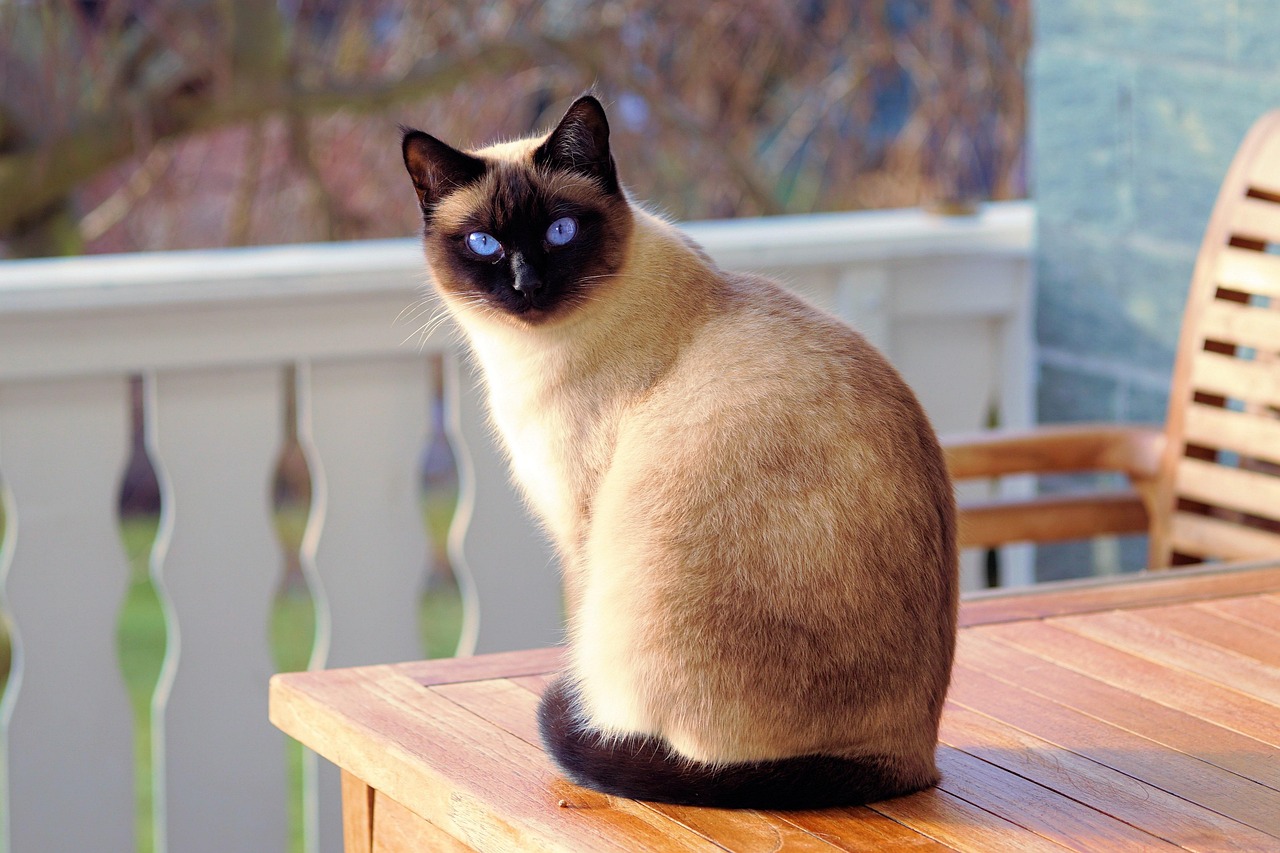
The Siamese cat personality is outgoing so they need someone home most of the day, and experienced in the breed’s foibles and quirks – or prepared to learn quickly! It’s recommended not to leave a Siamese cat alone for long periods of time as they’re prone to anxiety and need lots of social interaction and entertainment. Siamese cats are known for being one of the most aggressive and territorial out of them all. If you own other pets, it is crucial to understand that Siamese cats are very jealous and will take a long time to get used to them.
Siamese cats are famous for their striking appearance and engaging, almost dog-like personalities. They have short coats requiring minimal grooming but compensate with very high social needs. Siamese cats are highly vocal and crave constant interaction, following their owners around and often “chatting” loudly. These cats are not happy when left alone for extended periods and can become anxious or demanding. Their neediness makes them unsuitable companions for career-focused individuals who spend most days at the office.
Scottish Fold Cats
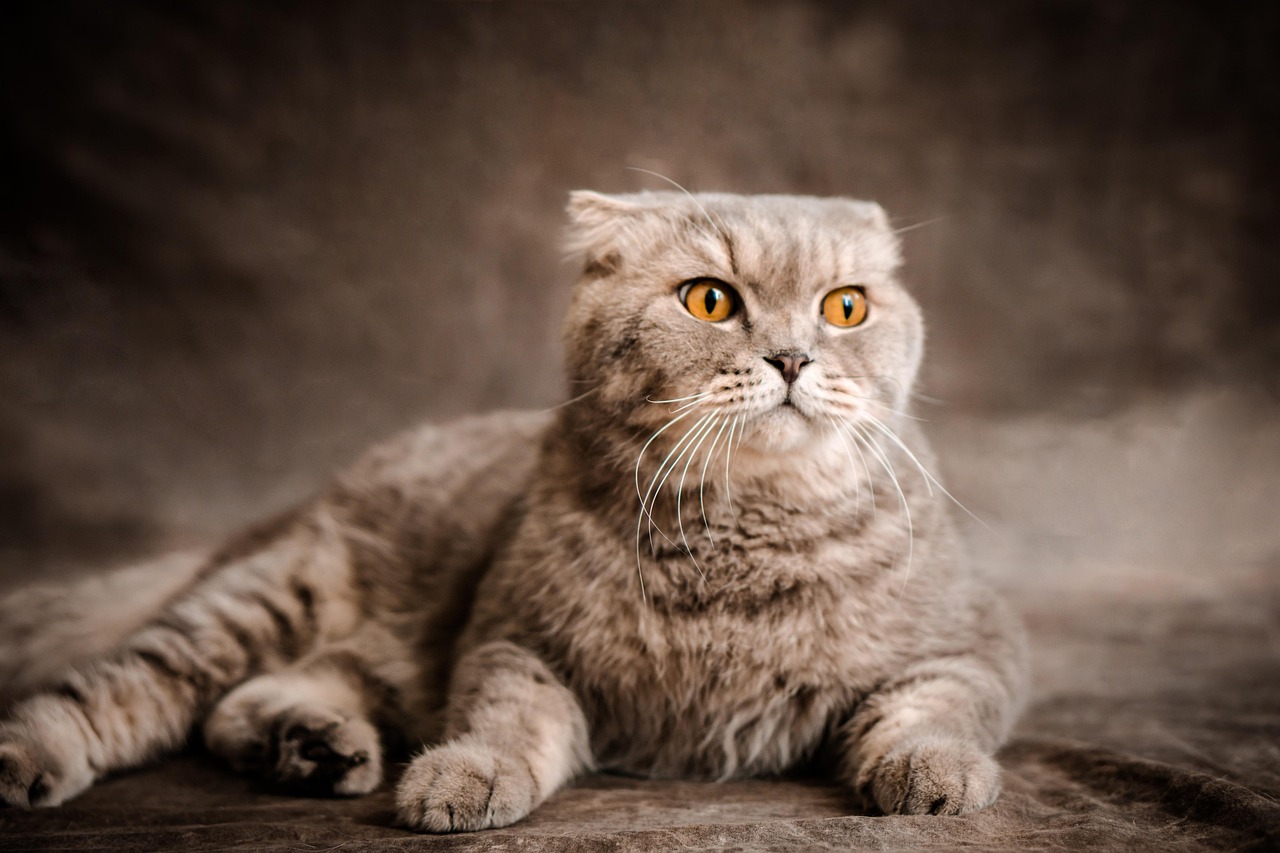
He then discussed the Scottish Fold cat breed, stating: “Now the reason it is called a Scottish Fold is because of the way that the ears fold in. Now this happens because of a lack of cartilage due to a genetic mutation that was caused by us humans.” He went on to explain, “But this genetic mutation doesn’t only affect the ears, no no, it affects all the joints.” But this defect also causes abnormal bone and cartilage growth throughout their body. As a result, they experience severe pain from arthritis in their joints.
Finally, the veterinarian mentioned the Scottish Fold. Due to a genetic mutation caused by humans, he said their joints can become severely affected and prone to arthritis, degenerative joint disease, pain and more. He added: “I think from an ethical standpoint, this is a cat breed that should not be bred anymore.” Working owners will face constant veterinary bills and the emotional burden of watching their beloved pet suffer from chronic pain throughout its lifetime.
Ragdoll Cats

“I think all around, this is one of the best cat breeds that would exist if it didn’t have medical issues because it is beautiful. they have such a lovely lovely temperament, but they have so many medical issues.” Ragdolls, like some other breeds, are susceptible to polycystic kidney disease and hypertrophic cardiomyopathy. They also have a tendency towards bladder issues and obesity. “There are so many medical issues associated with this breed – your vet bill is going to be huge,” warned Amir.
These docile giants require significant attention and monitoring for their numerous health conditions. Their large size also means they consume more food, take up more space, and need larger litter boxes than typical house cats. Working professionals who barely have time for routine pet care will struggle with the extensive health management these beautiful cats require throughout their lives.
Bengal Cats
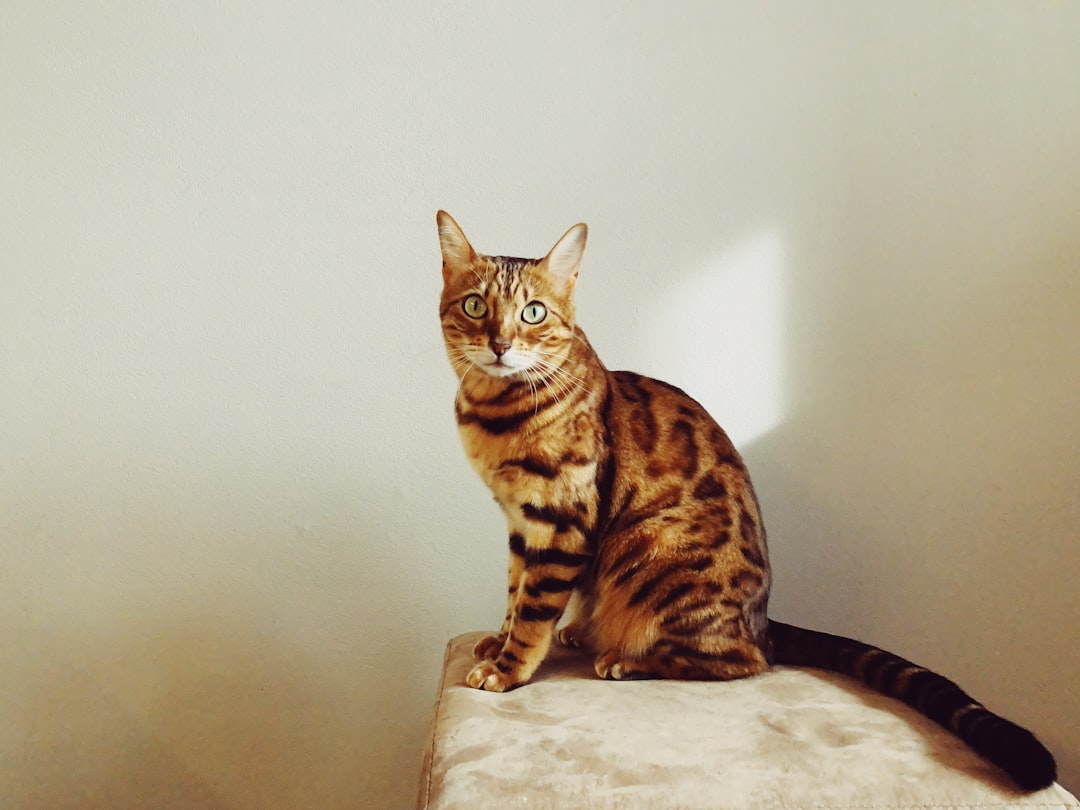
“I think this is one of the most beautiful breeds that exists, and I think they have one of the most amazing, amazing energies. But they do have several health issues,” Amir said. He went on to explain that Bengal cats are prone to getting a long list of health issues, including cataract and progressive retinal atrophy, which risks the cats going blind as they get older, as well as Hypertrophic Cardiomyopathy, which is a condition that causes heart muscles become thicker. “That can cause them to become lethargic, it can cause breathing problems, and in the long term will cause congestive heart failure,” Amir explained.
Bred from domestic cats and wild Asian leopard cats, Bengals are energetic, athletic, and highly intelligent. Their aggressive behaviors often come from a lack of exercise or inadequate stimulation. These cats crave excitement and will become destructive or reactive if confined to a boring environment. Working owners cannot provide the constant mental stimulation and physical activity these wild-hearted cats desperately need.
Sphynx Cats

While Sphynx are considered low maintenance due to their absence of shedding, this breed does require specific care that can make them more high maintenance in some ways than their fluffier counterparts: Skin Care: Without fur, Sphynx cats need regular bathing to remove the buildup of oils on their skin, which can otherwise cause skin problems. Temperature Sensitivity: They are more sensitive to temperature extremes due to their lack of fur. Hairless and highly affectionate, the Sphynx is a cat that demands constant love and attention. Their aggression often stems from frustration, boredom, or a lack of attention from their human companions. These cats bond intensely with their owners and may become possessive or jealous if their bond is threatened.
The Sphynx cat’s near-hairless body means it requires unique care. They have a fine peach-fuzz coat that doesn’t absorb natural oils, necessitating regular baths – usually weekly – to prevent skin oil buildup and infections. Their skin is sensitive to temperature extremes, requiring protection from cold drafts indoors and sunblock outdoors in summer. These demanding cats need owners who can dedicate significant time to their specialized care routines and emotional needs.
Maine Coon Cats
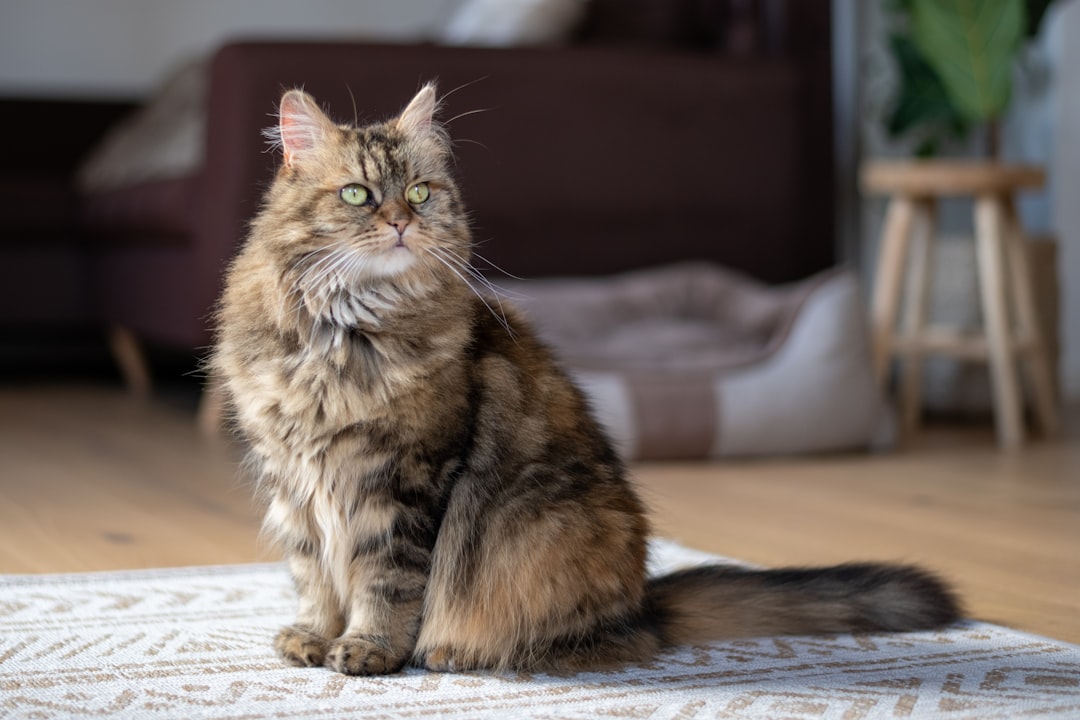
Some larger breeds like Maine coons may struggle being stuck indoors in small houses all day. These larger-than-life, adventurous kitties were originally put to work as ship’s cats, and their athleticism and high prey drive made them great on-board pest control. Maine coons are among the largest cat breeds, so if you’re looking to share a smaller home or apartment with a cat a Maine Coon wouldn’t be preferable. Maine coon coats comprise a short underlayer and a longer, thick, and waterproof top coat that requires frequent grooming. A generally healthy breed, their biggest demands are attention (they crave their owner’s company!) and exercise.
Their enormous size creates practical challenges for working professionals living in apartments or smaller homes. These gentle giants need substantial space to roam and climb, plus they demand regular grooming sessions to maintain their magnificent double coats. Their social nature means they suffer when left alone for long workdays, making them unsuitable for busy career professionals.
Himalayan Cats
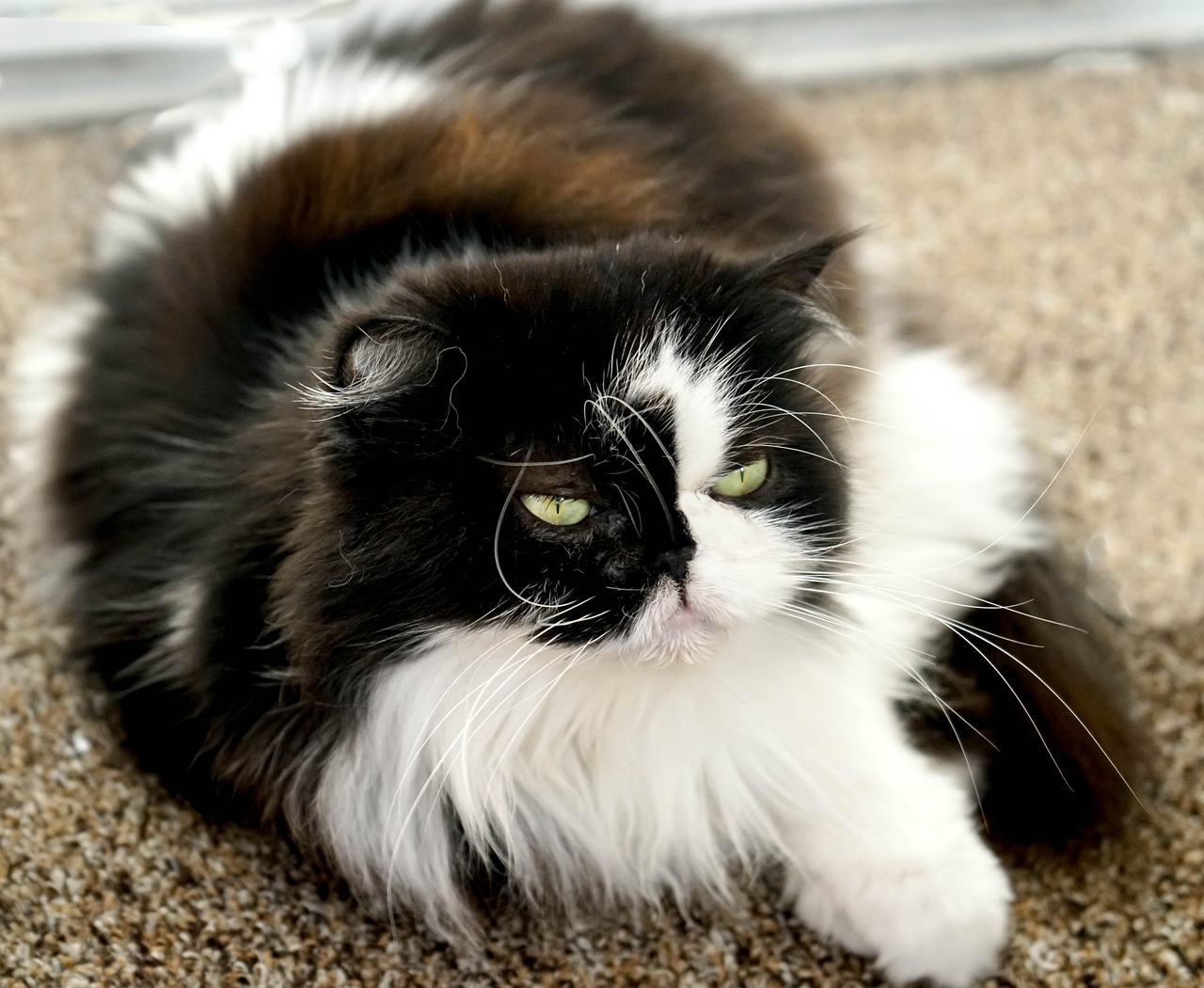
And while the Himalayan cat is certainly a magnificent breed, it is important for owners to be aware of their special needs. Himalayans need regular (daily) grooming to remove mats and tangles from their long fur. As flat-faced cats, Himalayans are also prone to brachycephalic airway syndrome, which can cause severe breathing problems. Himalayan cats produce more Fel d 1 compared to other breeds. They are also heavy shedders, making them among the worst cats for allergies.
These Persian-Siamese crosses combine the worst maintenance aspects of both parent breeds. Working professionals will struggle with their daily grooming requirements, frequent veterinary visits for breathing issues, and the constant allergen production that makes them unsuitable for many households. Their beautiful appearance comes at the cost of intensive daily care that busy people simply cannot provide.
Devon Rex Cats
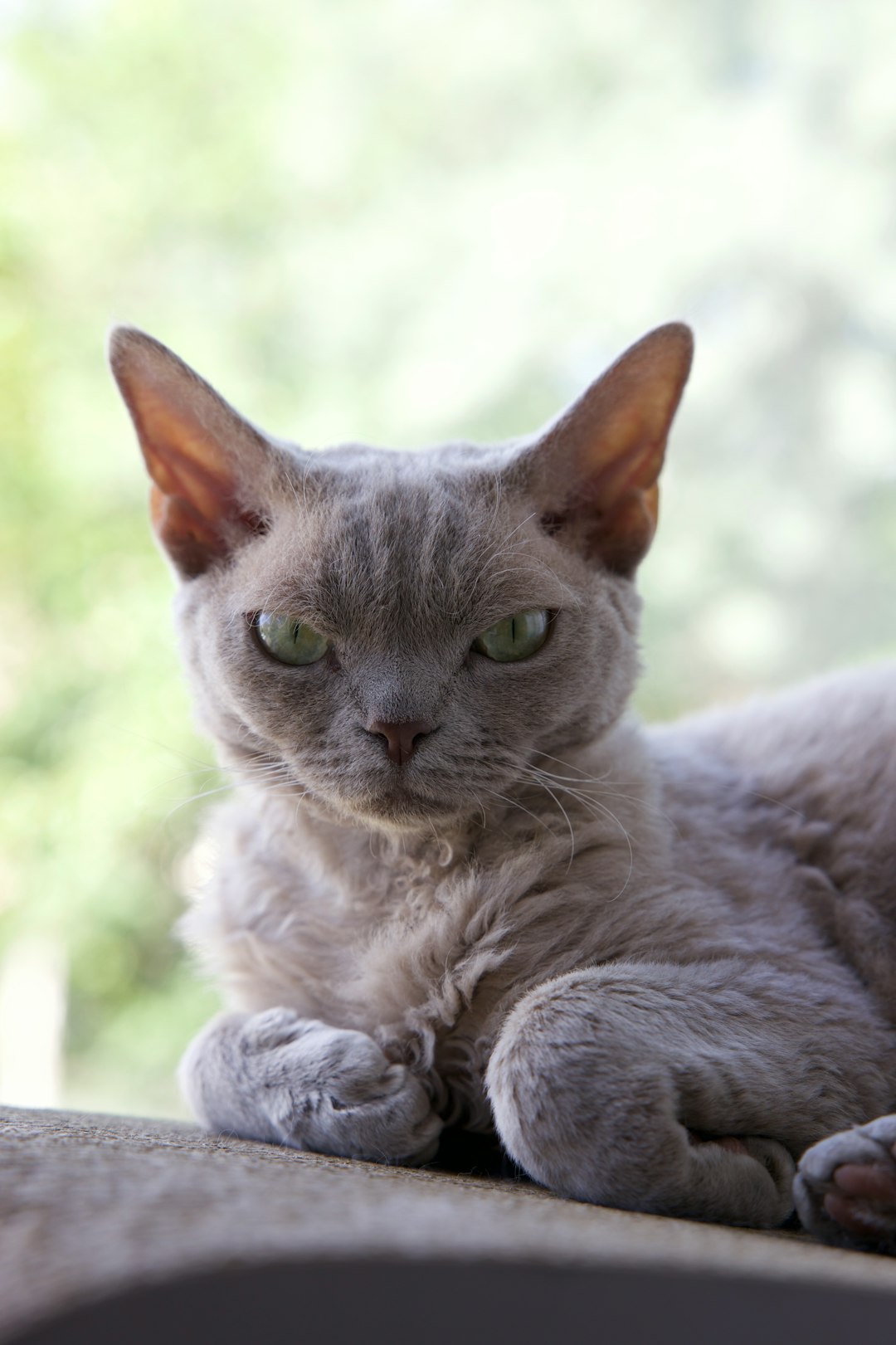
“Their ears and toes tend to get greasy, which requires frequent cleaning. In addition to the skin health implications that come with wire coat cats, CFA warns: ‘A person must be prepared to be owned by a Devon. A Devon will eat with you, sleep with you, and perch cozily on your shoulder while you are on the computer or reading. They will follow you around the house, sit at your feet, or jump on your lap the minute you sit down.’ The social nature of the Devon makes them unsuited to spending long periods of time without companionship,” it says.
This highly social, lively breed loves attention and “can be demanding at times,” TICA says. “They do not like to be alone for long periods so it is a good idea for them to have a companion if the family works long hours.” Their pixie-like appearance masks an incredibly needy personality that requires constant human interaction, making them completely incompatible with working lifestyles.
Abyssinian Cats
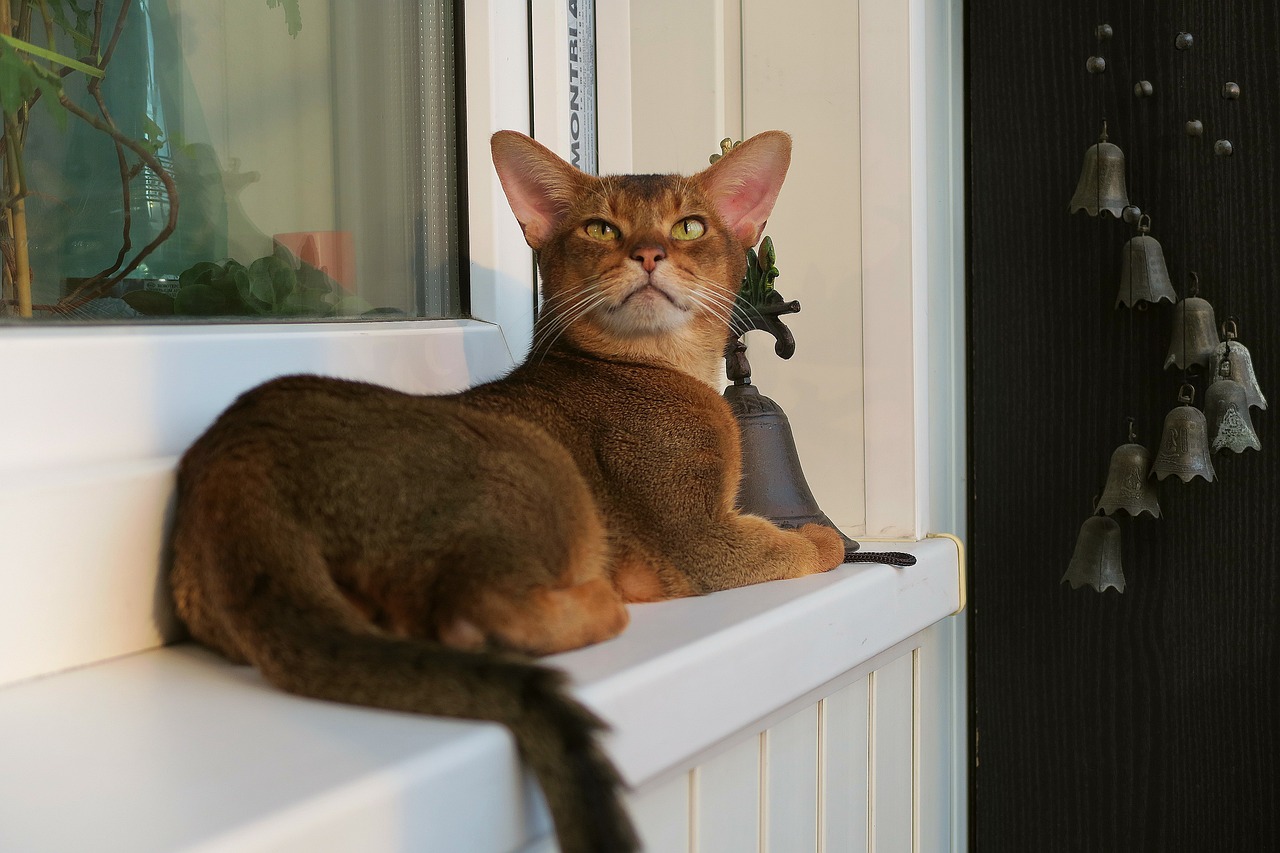
Abyssinians are highly energetic and playful, which can be demanding for owners who are not familiar with engaging cats in frequent activity and enrichment. These athletic cats possess endless energy reserves that demand constant stimulation and engagement. Working professionals who come home exhausted after long days will find themselves overwhelmed by an Abyssinian’s relentless need for interactive play and mental challenges.
Their intelligence actually works against busy owners, as bored Abyssinians become destructive and mischievous when their exercise needs aren’t met. These cats require multiple daily play sessions, puzzle feeders, and environmental enrichment that simply isn’t feasible for someone maintaining a demanding career. Their wild-looking coats may seem low-maintenance, yet their behavioral needs make them extremely high-maintenance companions.
Conclusion
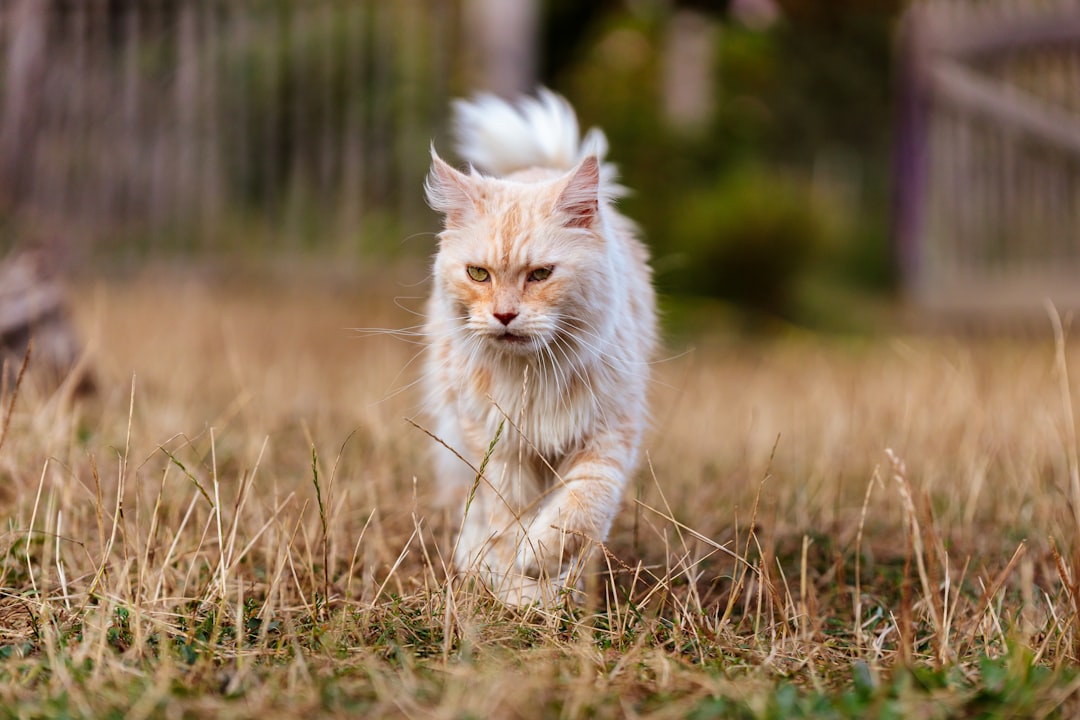
While every cat deserves a loving home, these ten breeds simply aren’t compatible with the demanding schedules of working professionals. High maintenance cats are a unique category of felines that require more attentive care, commitment, and often greater financial resources from their owners. These cats typically demand a higher level of interactive engagement and may have specific health and grooming needs. The designation of a cat as “high maintenance” can stem from its breed characteristics, personality traits, or even medical conditions that necessitate more extensive care routines.
Choosing the wrong breed can lead to frustrated owners, stressed cats, and expensive veterinary bills. Instead, busy professionals should consider more independent breeds like British Shorthairs, Russian Blues, or mixed-breed rescue cats that thrive with less intensive care. Remember, responsible pet ownership means matching your lifestyle to your pet’s needs, not the other way around. What do you think about these breed recommendations? Share your thoughts in the comments.

Andrew Alpin from India is the Brand Manager of Doggo digest. Andrew is an experienced content specialist and social media manager with a passion for writing. His forte includes health and wellness, Travel, Animals, and Nature. A nature nomad, Andrew is obsessed with mountains and loves high-altitude trekking. He has been on several Himalayan treks in India including the Everest Base Camp in Nepal.






